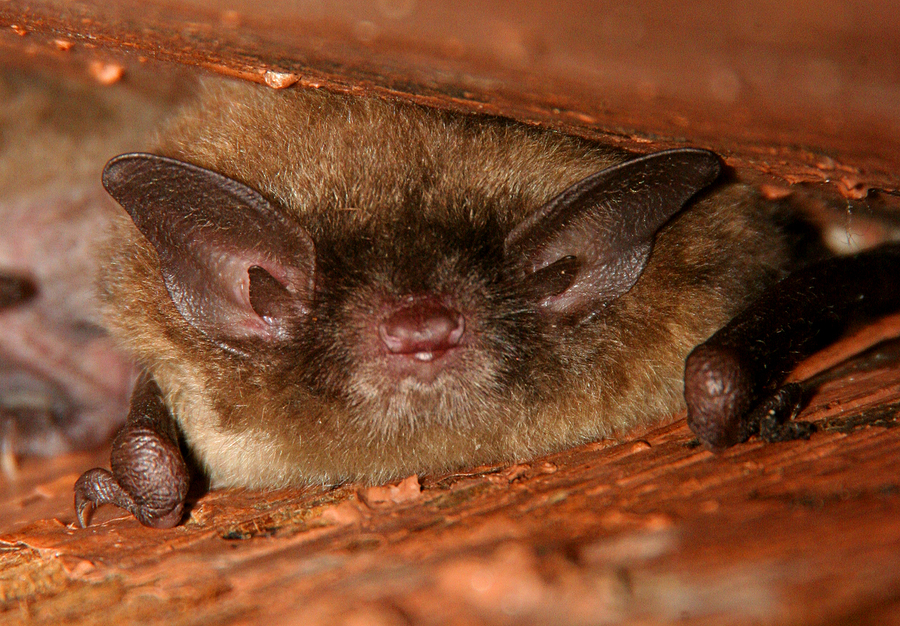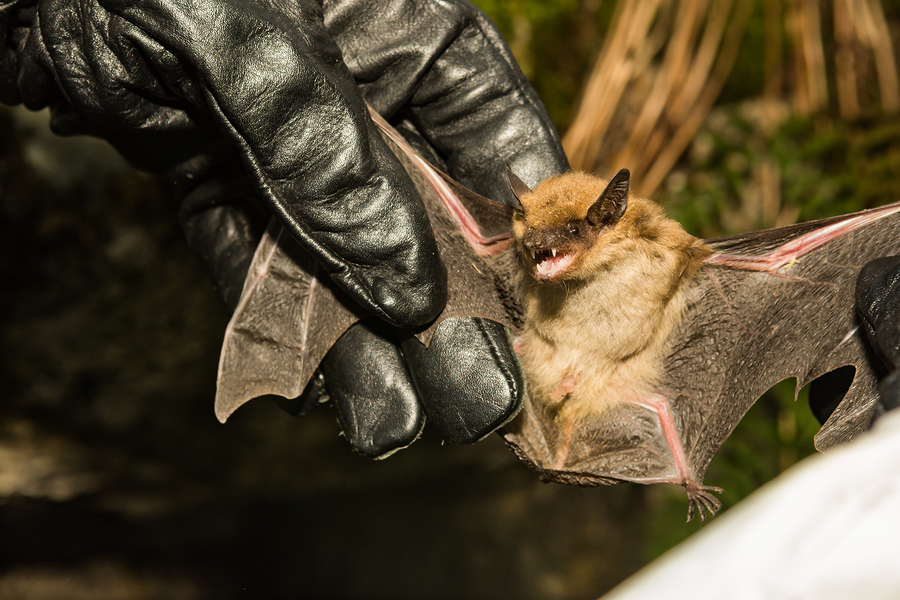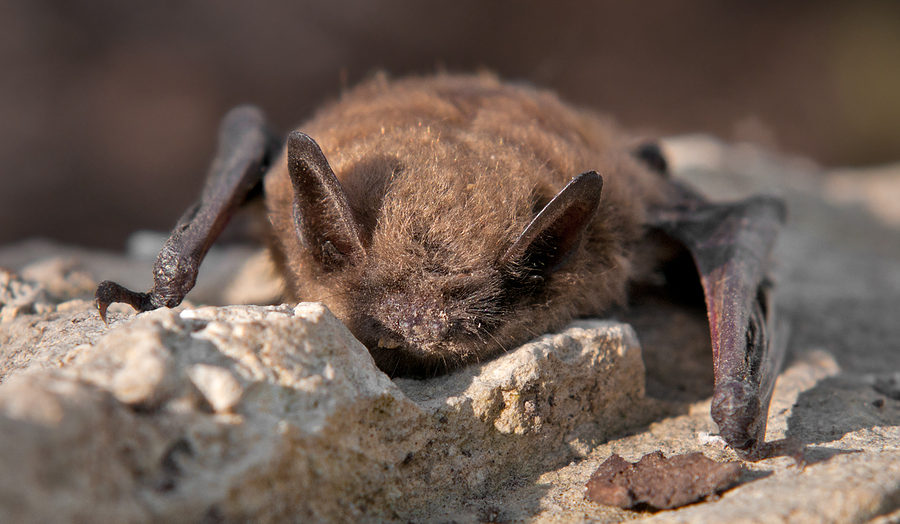Indiana is home to a diverse array of bat species, ranging from the endangered Indiana Bat to the more common Big Brown Bat. As one of the most ecologically important animals in our state, bats play an essential role in keeping insect populations under control and providing valuable pollination services.
In this blog post, we’ll take a look at some of the different types of bats that can be found in Indiana and their unique characteristics. We’ll also discuss how you can help protect these fascinating creatures from further endangerment. So, if you want to learn more about bats, read on!

Common Types of Indiana Bat Species
The Indiana Bat
Indiana is home to eleven species of bats, including the endangered Indiana Bat. This species is one of the smallest bats in North America and can be identified by its reddish-brown fur, yellowish wing membranes, and short snout. Indiana Bats are only found in certain caves during the summer months and are usually seen foraging low over the ground in search of insect prey. Therefore, if you plan on visiting any cave systems within Indiana’s borders, make sure that you take caution not to disturb these important creatures.
The Big Brown Bat
The Big Brown Bat is another common bat species found in Indiana. These larger bats typically roost in attics or barns but may also be observed flying around open spaces at night. These bats are identified by their glossy brown fur, long ears, and broad wings. Although they feed on a variety of insects, Big Brown Bats are especially attracted to moths, making them an important part of the local ecosystem.
Myotis Bat Species
Indiana is also home to two species of Myotis Bats: The Northern Long-Eared and the Little Brown Bat. The Northern Long-Eared Bat has long ears that extend longer than its head and can be distinguished by its grayish-brown fur and medium size compared to other bat species. This bat feeds mostly on small moths or beetles but may also eat spiders or small fish if necessary. On the other hand, Little Brown Bats are slightly smaller than the Northern Long-Eared Bat and has a lighter brown fur coat. Like the Northern Long-Eared Bat, it feeds primarily on moths or beetles but will also eat other small insects if necessary.
Endangered Bats
Finally, Indiana is home to two species of endangered bats: the Gray Bat and the Virginia Big-Eared Bat. The Gray Bat is one of the largest bat species in North America and can be identified by its distinctive gray fur and long ears. This species feeds mainly on flying insects such as moths or beetles but may also consume aquatic prey when available. The Virginia Big-Eared Bat is much smaller than the Gray Bat and has a light brown fur coat with distinctive large ears that are almost three times larger than those found on other bat species. This species mainly feeds on moths but may also eat beetles, caddisflies, or aquatic insects.
Ecological Benefits of Bats
Bats play an extremely important role in Indiana’s ecosystem by helping to control insect populations and providing valuable pollination services. However, both the Gray Bat and the Virginia Big-Eared Bat are endangered due to habitat destruction, and it is up to us to ensure these creatures remain safe in our state. By taking action now we can make sure that future generations of humans and bats can coexist peacefully for years to come!
Help Protect Bat Populations Around Indiana
For more information about bats in Indiana, be sure to check out the Indiana Department of Natural Resources website. You can also visit one of the many caves in our state to get a closer look at these incredible creatures! If you want to help protect bats in Indiana, consider joining a local conservation group or volunteering at a bat rehabilitation center. You can also install bat houses on your property. No matter how you choose to contribute, remember that preserving bats and their habitats is essential for maintaining balance within our ecosystems. So don’t forget –when it comes to bats, every effort counts!
If you have a bat problem, only trust a licensed and insured bat pest control professional for help extracting and managing them. Contact us at 317-257-2290 for professional and prompt Indianapolis IN bat removal services you can trust. We serve residential and commercial clients.
Related Posts:
How to Keep Bats Out of Your Home: The Top 10 Exclusion Best Practices
A Comprehensive Guide to Bat Proofing Your Home
What To Look for in Professional Bat Removal Services



